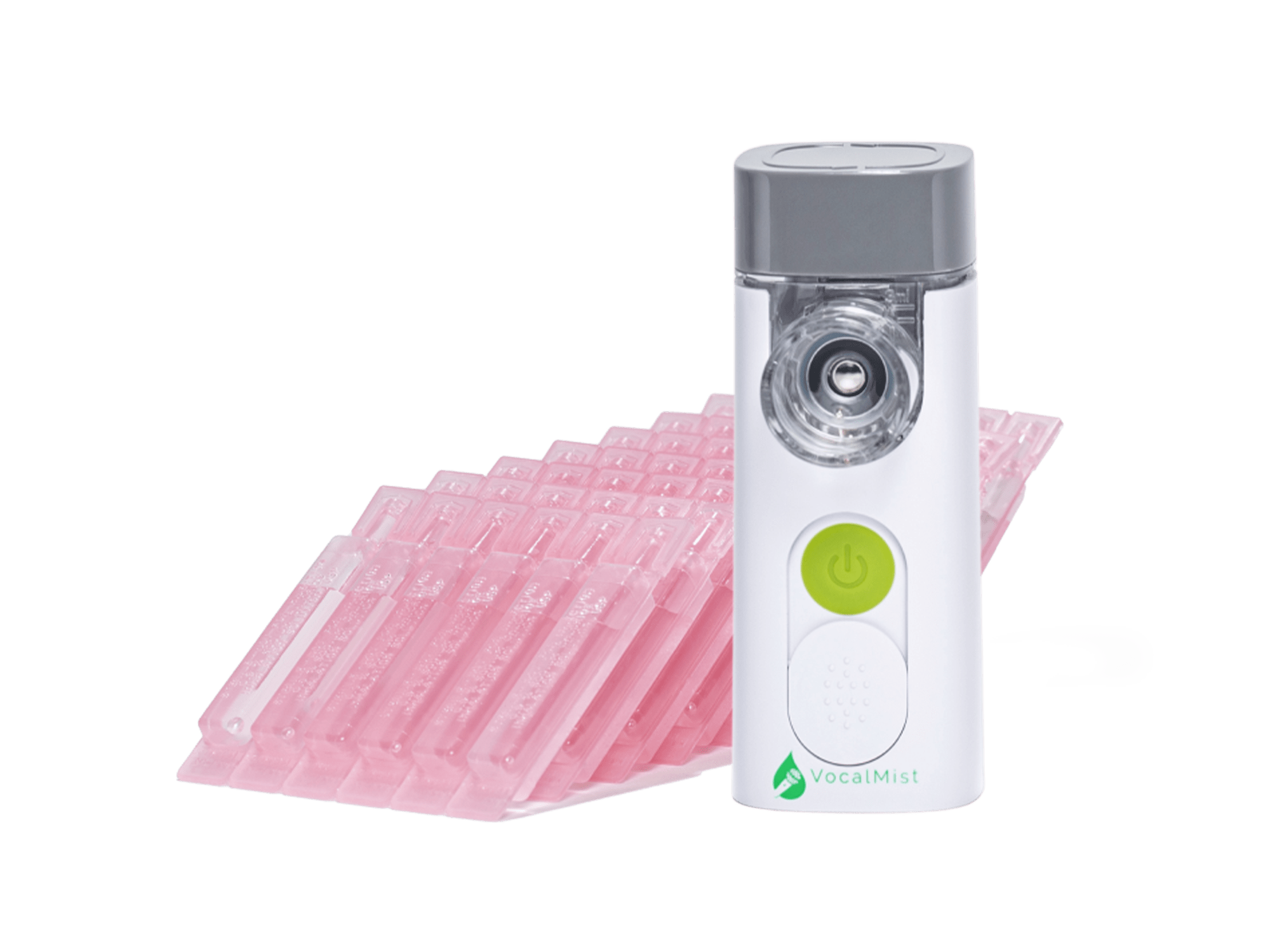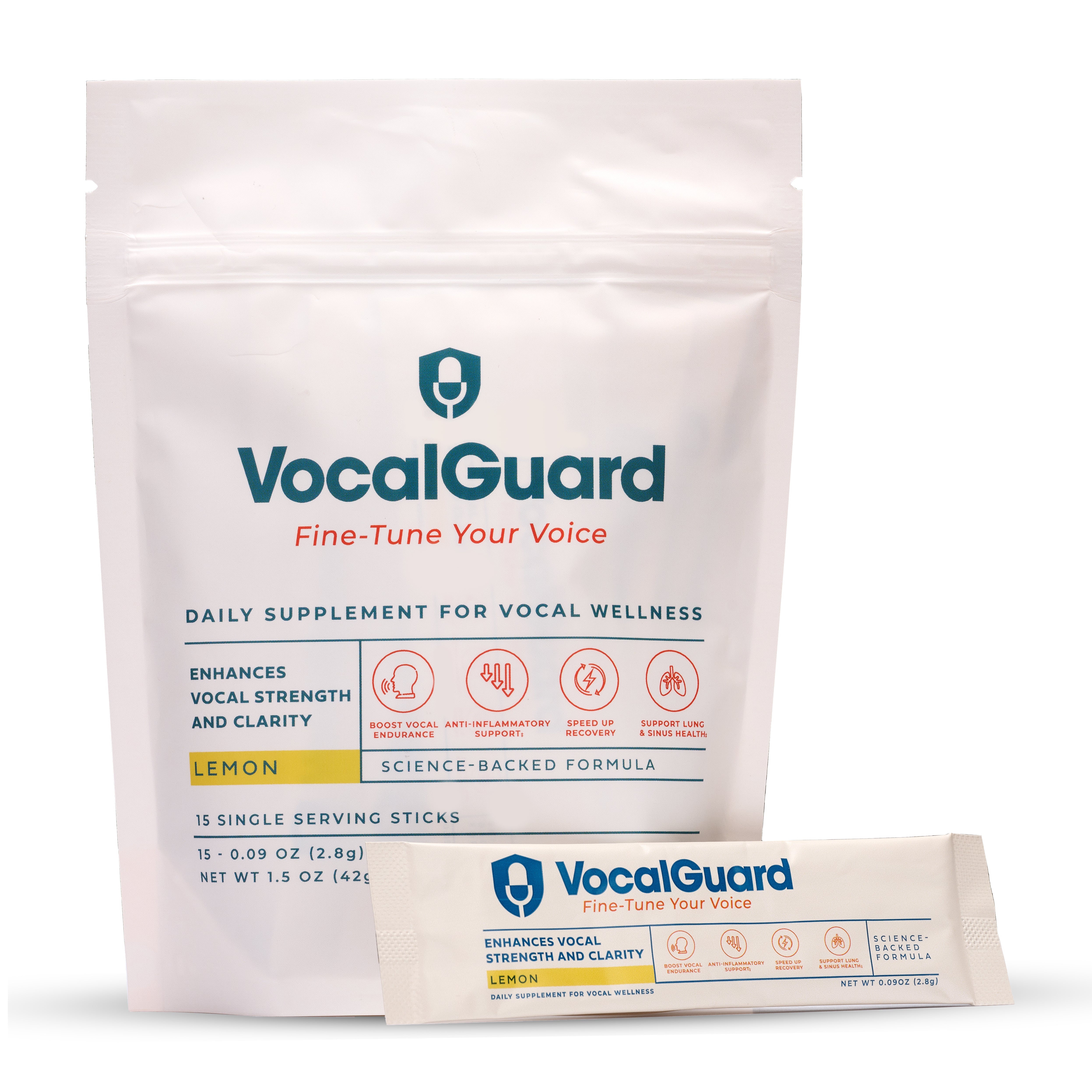Welcome fellow singers and vocal enthusiasts! Today's blog post is going to delve into "belting" – the singing technique that allows you to hit powerful high notes with an intensity that will get you a four-chair turn on The Voice. Singing at the top of your lungs can feel liberating, but there is a lot of debate surrounding the impact of belting on vocal health. This post will provide insight into the impact of belting on the voice, the potential risks and benefits, and some tips on how to belt properly to avoid any vocal damage. So, tune in and let's explore the belting technique together!
The Biology Behind Belting
Before delving into the effects of belting on the voice, let's briefly examine the physical aspects involved in the process. When we sing, our larynx muscles collaborate with our vocal folds (sometimes called "vocal cords") to generate vibrations that produce sound.
When employing a balanced, low-tension vocal technique, the vibrating section of the vocal folds becomes thinner as we sing higher. This change in the vocal apparatus creates areas of vocal quality called "registers". One register is commonly known as "head voice" or "falsetto," where only the outer layers of the vocal folds vibrate. Another register is called "mixed voice," in which slightly more of the folds vibrate, but with minimum effort. Head voice and mixed voice can be beautiful, but for certain styles of music, singers prefer utilizing a larger portion of the vocal cords, known as "chest voice," even in higher registers.
By employing this chest voice technique alongside minimal vibrato and controlled air pressure, a singer can project their voice with intensity and resonance, resulting in a commanding and impactful sound. This singing technique is more powerful than a strong head voice, and is widely embraced across various musical genres, including pop, rock, and musical theatre singing. While this vocal register enables us to reach powerful chest voice high notes, it can also strain the voice if executed incorrectly with poor technique.
The Potential Risks of Belting
Now that we have a deeper understanding of vocal belting mechanics, let's explore its potential drawbacks. The primary concern associated with belting is the risk of vocal damage. When belting is performed excessively or with excessive tension, it places undue strain on the vocal folds, leading to various issues such as vocal fatigue, hoarseness, and more severe vocal problems like vocal nodules, polyps, or hemorrhages. These conditions can result in temporary or long-lasting damage to your voice, impacting not only your singing abilities but also your everyday speech. Singers must be mindful of these risks and prioritize vocal health while engaging in belting techniques.
Despite the potential risks, belting is a valuable vocal technique that, when produced properly, can add power and passion to your singing. It is a skill commonly used by singers in musical theatre, pop and rock genres, as it allows them to convey emotion and intensity in a way that few other vocal techniques can. Furthermore, learning to belt properly can improve your overall singing voice, providing better control over your voice, a powerful sound, and a more comprehensive vocal range.
Techniques for Healthy Belting
To safely experience the advantages of belting without risking damage to your voice, it is crucial to master proper technique. Begin by exploring the limits of your speaking voice, focusing on projecting your voice with sustained speaking sounds. Projecting your speaking voice uses the same techniques as belting but within a lower chest register range. Gradually practice sustaining your speech as your pitch ascends to higher notes, being mindful not to tense up or strain your throat, as this can put unnecessary strain on your vocal folds. Instead, aim to relax as much as possible, using just the right amount of tension needed to project your speech into the upper range.
Once you can sustain these speech tones at higher pitches, you are ready for belting! Apply this sensation to a song and allow yourself to project without constricting yourself with tension. Maintaining proper posture, taking relaxed and full breaths, and visualizing your sound traveling to someone far away can also be helpful strategies for healthy belting.
Additionally, using the VocalMist with isotonic saline can reduce your Phonation Threshold Pressure (PTP) as well as your Perception of Phonatory Effort (PPE), meaning it takes less pressure for your vocal folds to create sound. Less pressure means less tension when belting, less swelling after a heavy singing schedule, and faster recovery times! For many singers, this can mean minimizing risk while working on difficult singing techniques like belting.
Finally, it is crucial to ensure a proper warm-up for your voice before you sing, particularly when belting out high notes. Equally important is allowing your voice sufficient rest after singing to promote healing and reduce the risk of long-term injury.
Conclusion:
When executed properly, belting is an incredible vocal technique that can elevate your singing to new heights. While there are potential risks involved, such as vocal damage and strain, these can be minimized and even eliminated through proper technique, practice, and of course, using your VocalMist nebulizer to reduce pressure and prevent vocal fatigue.
Remember, the key to successful belting is finding a balance between vocal power and control, allowing you to safely unlock the true potential of your voice. So, go ahead and belt out those notes, but always remember to do so with care and respect for your vocal instrument. Happy singing!
For additional insights on enhancing voice quality, mastering chest and head registers, and maintaining vocal health, please explore MyVocalMist.com. Our team is comprised of experienced vocal coaches and diverse singers, and we are excited to share more valuable tips for singers in the near future!







1 commentaire
This was super interesting actually I’ve been singing my whole life but never knew some of these terms.
Laissez un commentaire